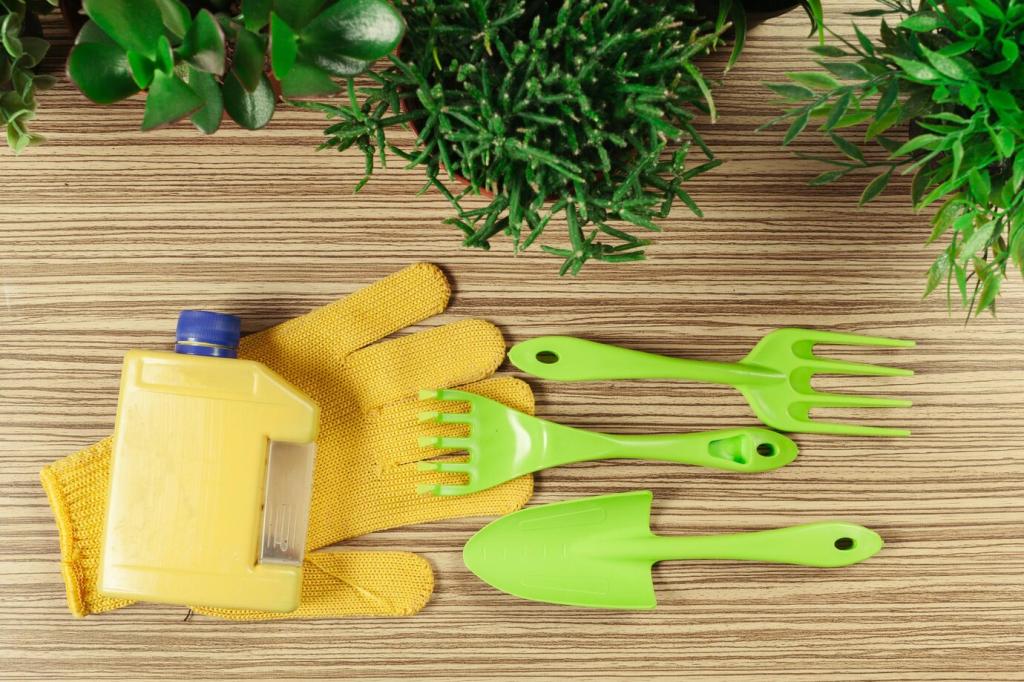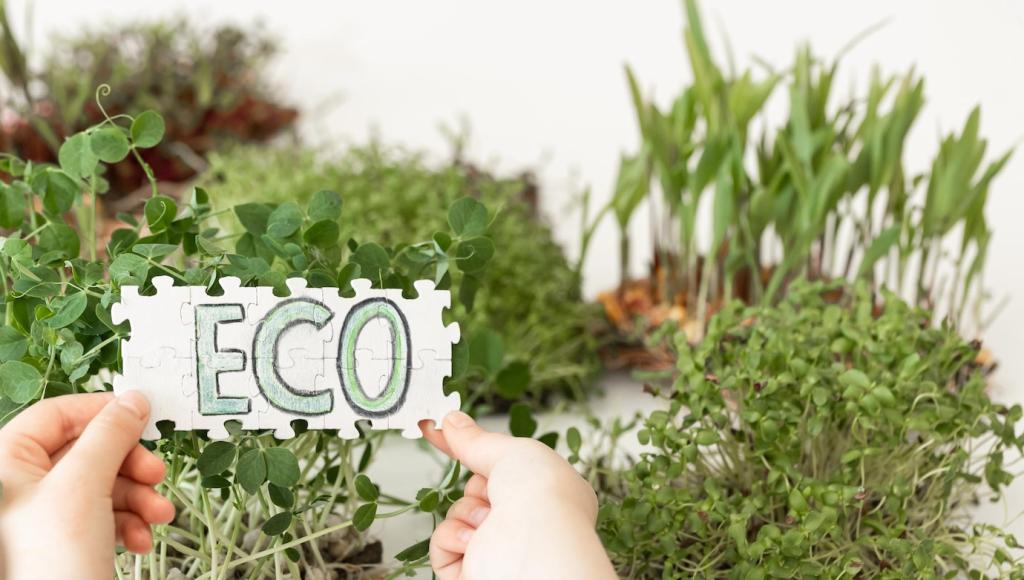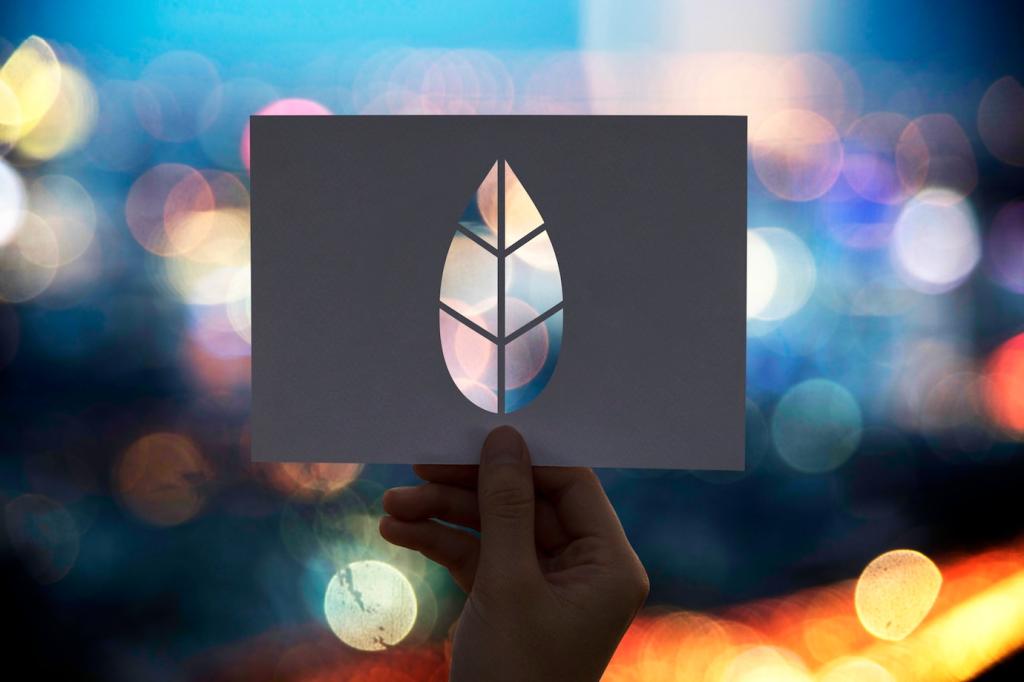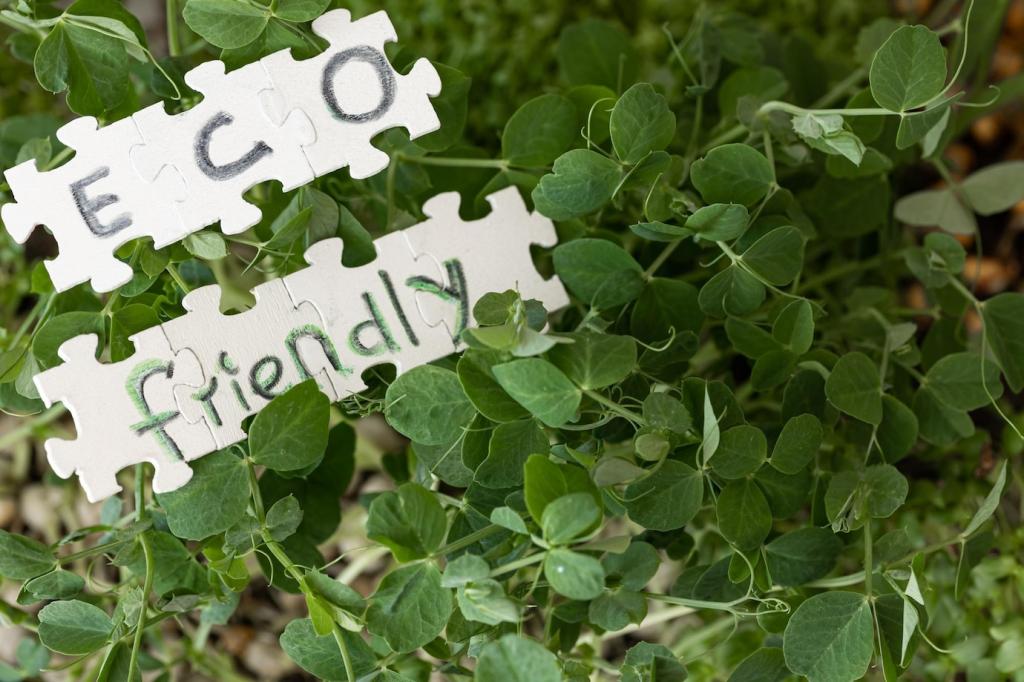Sustainable Stain Removal Techniques: Clean Smarter, Care for the Planet
Chosen theme: Sustainable Stain Removal Techniques. Welcome to a kinder way to tackle messes—where every blot, soak, and rinse protects your clothes, your home, and our shared environment. Join our community, swap tips, and subscribe for weekly eco-minded stain solutions that genuinely work.
Rethink Before You Rub
Aggressive scrubbing can drive pigments deeper and fray fibers, creating permanent wear and micro‑damage. Instead, blot patiently from the outside in, lift rather than push, and support the fabric from beneath. Share your go‑to blotting technique in the comments and inspire another careful cleaner.
The Temperature Truth
Cold water keeps proteins like blood or dairy from setting, while lukewarm handles oils more effectively with soap. Hot water wastes energy and can lock stains into place. Bookmark a personal temperature guide, and tell us which tricky stain temperature surprised you the most this month.
Patch Tests Save Clothes
A tiny hidden test spot prevents dye bleed, fiber felting, or finish damage before you scale up. It takes one minute and can save a favorite shirt from heartbreak. Comment with a near‑miss story, so others learn how a small test avoided a big mistake.
Your Low‑Impact Stain‑Fighting Kit
Use baking soda to lift odors and buffer acidity, and apply vinegar separately to dissolve mineral residues and break up tannins. Avoid mixing them for cleaning power, since the fizz mostly neutralizes benefits. Tell us your favorite order of operations for tea or mud mishaps.

Tackling Common Stains the Sustainable Way
Rinse promptly with cold water, blot, then treat with diluted liquid soap. A mild citric acid or lemon solution helps release tannins without harsh bleaches. I once saved a linen shirt after a commuter spill this exact way—share your commuter rescue in the comments.


Tackling Common Stains the Sustainable Way
Dust cornstarch or baking soda to absorb oils, let it sit, then brush away. Follow with a tiny drop of plant‑based dish soap and warm water. Avoid solvent sprays; they add fumes and waste. What kitchen stain has your method rescued the most often?
Cotton and Linen
These strong plant fibers tolerate slightly warmer water and careful oxygen bleach use on whites. Sun‑drying can naturally brighten, but avoid overdrying which stiffens fibers. Download our fabric cheat sheet after subscribing, and add your cotton‑care tip to help someone save a summer shirt.
Wool and Silk
Animal fibers prefer cool water, pH‑neutral soap, and minimal agitation. Roll in a towel to remove moisture, never wring, and be cautious with enzymes which can weaken protein fibers. Comment with your gentlest trick for silk ties or wool sweaters that truly works.
Synthetics and Microplastics
Polyester and nylon release microfibers when abraded. Use cooler cycles, gentler motions, and a capture bag or filter to reduce shedding. Spot‑treat stains to avoid over‑washing. Share your experience with microfiber‑catching tools and how they changed your laundry routine.

Pre‑Treating, Soaking, and Timing

Act Fast, But Not Frantic
Pause to identify the stain type, test a small spot, then start with the mildest method. Blot gently and support the fabric. Share your five‑minute emergency routine so others can follow a calm, repeatable plan during messy moments.

Soak with Purpose
For tannins, a short soak in cool water with a drop of soap helps. For dingy whites, an oxygen bleach soak within label guidelines brightens safely. Ventilate, time it, and rinse thoroughly. Subscribe for our measured soaking timelines and printable reminders.

When to Call It and Upcycle
If a stain persists, consider visible mending, overdyeing, creative patches, or strategic tailoring. A nearly clean shirt can become a beloved work smock. Post your upcycling wins and encourage others to rethink perfection in favor of character and longevity.
Myths, Mistakes, and Evidence
Salt can set tannins by drying them into fibers. Blot, flush with cold water, then use a mild detergent or citric solution. If needed, escalate to oxygen bleach for whites. Drop your myth‑busting moment when evidence finally changed your approach.
Myths, Mistakes, and Evidence
Excess detergent leaves residue that attracts dirt and dulls colors, while wasting product and water. Follow measured caps, especially with high‑efficiency machines. Try a half‑dose experiment and report back if your rinse water cleared and fabrics felt livelier.
Stories from a Lower‑Impact Laundry Basket
A rushed scrub set the stain deeper on a cotton apron. Round two, we blotted, pre‑treated with soap, and used oxygen bleach in a controlled soak. Success. Tell us about your first attempt flop and the simple tweak that finally worked.

Stories from a Lower‑Impact Laundry Basket
Castile soap, a soft brush, and patience lifted a mystery spot without harsh aerosols. Vinegar neutralized odors, then sunlight finished the refresh. A neighbor borrowed the method and subscribed for more. Share your best upholstery save to inspire weekend projects.
